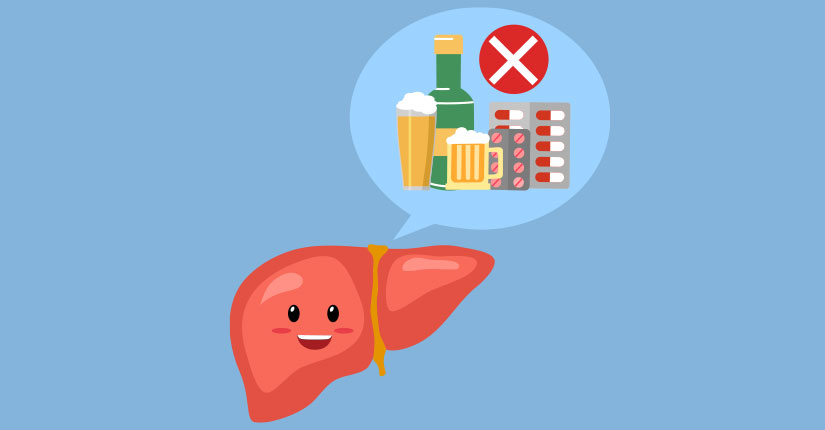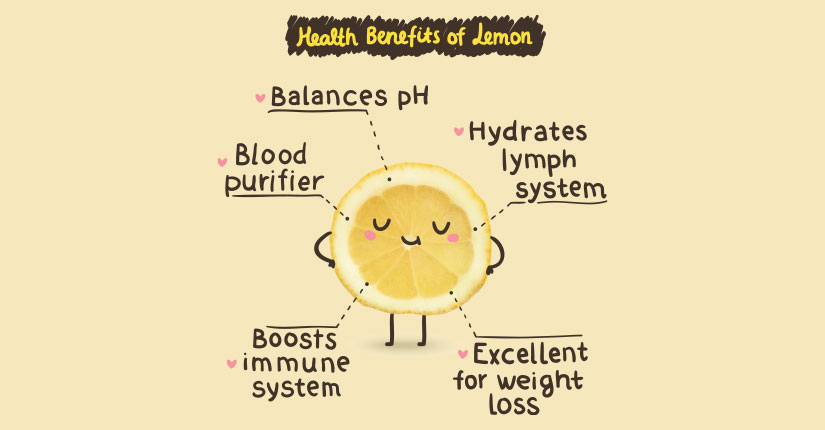Difference between Bulimia and Anorexia
By Nmami Agarwal 08-Feb 2023 Reading Time: 4 Mins

Eating disorders are a serious type of mental disorder characterized by disturbances in the eating behavior affecting health.
There are many kinds of eating disorders seen in the population which start at adolescence and can be seen in adults too. The most commonly seen ED is binge eating, bulimia nervosa and anorexia. There are many diagnostic criteria for differentiating between these EDs and also their severity and duration. Such diagnostic tools help the health care professional to develop strategies to manage the disease.
The average onset of ED is 18 years, however it can plateau at 26 years too. This article will focus primarily on Anorexia and Bulimia – the clinical manifestations, their differences and treatment.
Anorexia
People with anorexia nervosa avoid food, severely restrict food, or eat very small quantities of only certain foods. They may see themselves as overweight, even when they are dangerously underweight. Anorexia nervosa is the least common of the three eating disorders, but it is often the most serious. It has the highest death rate of any mental disorder.
The symptoms of anorexia nervosa include:
Eating very little, to the point of starving yourself
Intensive and excessive exercise
Extreme thinness
Intense fear of gaining weight
Distorted body image – seeing yourself as overweight even when you are severely underweight
Over time, anorexia nervosa can cause health problems and can be fatal too:
Thinning of the bones (osteopenia or osteoporosis)
Mild anemia
Muscle wasting and weakness
Thin, brittle hair and nails
Dry, blotchy, or yellowish skin
Severe constipation
Low blood pressure
Feeling cold all the time because of a drop in internal body temperature
Feeling faint, dizzy, or weak
Feeling tired all the time
Infertility
Brain damage
Multiorgan failure
Bulimia is different from Anorexia, wherein the person binge eats followed by purging unlike anorexia where a person does not eat at all for the fear of gaining weight.
Bulimia Nervosa
Bulimia nervosa is characterized by regular and uncontrolled short episodes of over-eating followed by methods of purging in the form of vomiting or consuming diuretics/fasting. The symptoms include:
Purging, making yourself throw up or using laxatives or enemas to speed up the movement of food through your body
Doing intensive and excessive exercise
Fasting
Over the time, Bulimia can lead to –
Chronically inflamed and sore throat
Swollen salivary glands in the neck and jaw area
Worn tooth enamel and increasingly sensitive and decaying teeth.
GERD (acid reflux) and other gastrointestinal problems
Severe dehydration from purging
Electrolyte imbalance, which could be too low or too high levels of sodium, calcium, potassium and other minerals. This can lead to a stroke or heart attack.
Treatment:
Even though Bulimia and Anorexia are different, they can be effectively treated. The earlier they are detected, the easier it is to treat them. Treatment includes diet, education and advice, psychological interventions along with family support.





















